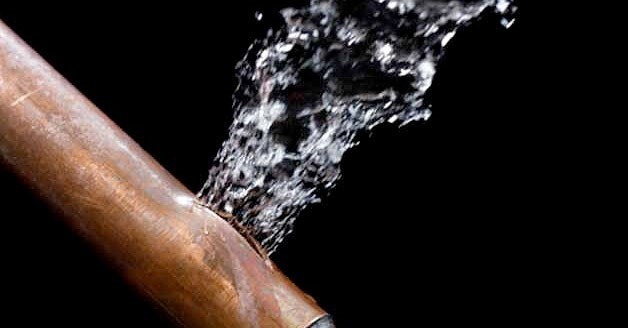Just how to Check If Your Home Has a Concealed Leakage
Just how to Check If Your Home Has a Concealed Leakage
Blog Article
The article listed below on the subject of Locating water leaks is unquestionably compelling. Check it out yourself and figure out what you think about it.

Early detection of dripping water lines can minimize a possible calamity. Apart from conserving you cash, it will certainly decrease the aggravation and also frustration. The moment you find a leak, calling your plumber for repairs is the best solution. Some tiny water leaks may not be noticeable. If you can not discover it with your nude eyes, here are some hacks that help.
1. Analyze the Water Meter
Examining it is a guaranteed method that helps you discover leakages. If it moves, that indicates a fast-moving leakage. This suggests you might have a slow leakage that could also be underground.
2. Examine Water Intake
Examine your water bills and track your water usage. As the one paying it, you must observe if there are any kind of discrepancies. If you detect sudden changes, in spite of your usage being the same, it suggests that you have leakages in your plumbing system. Bear in mind, your water expense ought to fall under the same array each month. An unexpected spike in your costs indicates a fast-moving leak.
A constant rise every month, even with the very same behaviors, reveals you have a sluggish leakage that's additionally slowly intensifying. Call a plumber to extensively check your residential property, especially if you feel a cozy location on your floor with piping below.
3. Do a Food Coloring Examination
When it comes to water usage, 30% comes from bathrooms. If the color in some way infiltrates your dish during that time without flushing, there's a leakage between the storage tank as well as dish.
4. Asses Outside Lines
Do not neglect to examine your outdoor water lines also. Ought to water permeate out of the link, you have a loosened rubber gasket. One little leakage can squander tons of water and also surge your water costs.
5. Examine the situation and also inspect
Home owners must make it a habit to inspect under the sink counters and also even inside closets for any kind of bad odor or mold growth. These 2 red flags indicate a leakage so timely attention is called for. Doing regular assessments, also bi-annually, can save you from a significant trouble.
Check for stainings and weakening as a lot of appliances and also pipes have a life span. If you think dripping water lines in your plumbing system, don't wait for it to rise.
Early discovery of leaking water lines can minimize a prospective disaster. Some little water leakages may not be noticeable. Examining it is a proven method that helps you find leakages. One small leakage can lose loads of water and spike your water costs.
If you think dripping water lines in your plumbing system, do not wait for it to escalate.
How to Know If Your Home Has a Hidden Leak
Water Meter Reveals Inexplicable Water Usage
If you’d like to test whether or not there’s a leak somewhere in your home, you can do this using your water meter. Here is how to conduct the test:
Don’t use any water in your home for at least 30 minutes; this also means not turning on faucets or water-using appliances.
Go outside, and check your water meter for activity.
If your water meter shows that there was activity, even though no one was using any water, this proves that there is a leak in your home.Visible Mold or Mildew Growth
Leaks behind walls create moist, dark environments that allow mold and mildew to grow and thrive. Eventually, you might see mold growth forming on the wall closest to a hidden leak.
If mold is growing in an area that receives a high amount of moisture, such as a bathroom, it may simply be an indication that better ventilation is needed. However, if you see mold growth on a wall or the ceiling in an area where you would not expect, you probably have a hidden leak.
Musty, Mildew Odor
Sometimes you might not be able to see the mold or mildew that is growing as a result of a leak. However, the smell can give the problem away just as easily. If you catch a whiff of something musty, there’s a good chance that old water is collecting somewhere in your home that you can’t see.
Stained/Warped Walls, Ceilings, or Floors
When your home soaks up water, a variety of red flags can become visible, including ceiling stains, bubbling drywall, warped walls, and sagging floors. While these issues can be caused by excess humidity, they can also be signs that a pipe or plumbing connection has started leaking behind your walls.
Inexplicably High Water Bill
After a while, you get a general sense for what your water bill should be. If you own a pool or sprinkler system, your bill will tend to be higher during summer. However, if you receive a water bill that seems especially high, and you can’t figure out what caused it, then you may have a hidden leak somewhere that’s increasing your bill.
https://www.plumbingjoint.com/blog/2019/july/how-to-know-if-your-home-has-a-hidden-leak/

We had been shown that article about Locating water leaks from an associate on a different web address. Loved our posting? Please share it. Let others discover it. Thanks a lot for taking the time to read it.
Report this page